 A lot has changed since Beck was trading blows with Don Garlits and Shirley Muldowney at national events and match races from coast to coast in the ’70s and ’80s.
A lot has changed since Beck was trading blows with Don Garlits and Shirley Muldowney at national events and match races from coast to coast in the ’70s and ’80s.
“When I started, there were only eight national events a year, and fuel racers still ran divisional races,” said Beck, one of the all-time greats of Top Fuel. “The sport certainly is different. It’s a lot higher tech today, obviously, and the crews are so specialized. They’re younger and there’s more of them, a lot more, on each team. The number of crew people was so much smaller back in my era – two or maybe three guys. I worked on everything, tore down the engine, serviced the heads, and did the clutch and the rear end. We all did.”
It was the early days of the rear-engine dragster, and Beck was perfectly suited for the times, a great mechanic and driver. He was already the crew chief on a Top Fueler driven by partner Ken McLean before making his national driving debut at the 1972 U.S. Nationals. “When you spend 15 year as an amateur and then get a chance to run Top Fuel and find you can actually do it, it’s pretty satisfying,” said Beck, who didn’t fully intend to drive the car initially. “We went to the rear-engine car like everyone else in 1972, and Ken drove it. He had to resolve some things, and I was prepared to hire a driver but figured, ‘Well, I’ll give it a shot,’ just to see how I’d do. It was a good car, and we went to Indy and tried to get qualified somewhere.”

A lot has changed since Beck was trading blows with Don Garlits and Shirley Muldowney at national events and match races from coast to coast in the ’70s and

’80s.
“When I started, there were only eight national events a year, and fuel racers still ran divisional races,” said Beck, one of the all-time greats of Top Fuel. “The sport certainly is different. It’s a lot higher tech today, obviously, and the crews are so specialized. They’re younger and there’s more of them, a lot more, on each team. The number of crew people was so much smaller back in my era – two or maybe three guys. I worked on everything, tore down the engine, serviced the heads, and did the clutch and the rear end. We all did.”
It was the early days of the rear-engine dragster, and Beck was perfectly suited for the times, a great mechanic and driver. He was already the crew chief on a Top Fueler driven by partner Ken McLean before making his national driving debut at the 1972 U.S. Nationals. “When you spend 15 year as an amateur and then get a chance to run Top Fuel and find you can actually do it, it’s pretty satisfying,” said Beck, who didn’t fully intend to drive the car initially. “We went to the rear-engine car like everyone else in 1972, and Ken drove it. He had to resolve some things, and I was prepared to hire a driver but figured, ‘Well, I’ll give it a shot,’ just to see how I’d do. It was a good car, and we went to Indy and tried to get qualified somewhere.”
All he did was win the race, making the best run of his life, 6.11, in the final to defeat Jerry Ruth, who went up in smoke after earlier making the two quickest runs ever, 6.06 and 6.07. Still remembered by many as the Canadian who came out of nowhere to win Indy, Beck actually is a native of the Seattle/Tacoma area (the car and his then-wife were from north of the border) and he had already been driving for years – just not in Top Fuel.
Already immortalized by the 1972 Indy win, Beck won again in 1973 with the Beck & Peets car, setting low e.t. (5.96) in the semifinals and top speed (243.90 mph) in a come-from-behind final-round win over Carl Olson. “I always used to go over and thank Ruth and Carl for helping get my career going,” Beck said. He remained a force at the highest level of the sport for the next 15 years, winning NHRA Top Fuel championships in 1974 and 1983 and nearly winning the 1973, 1975, 1980, 1981, and 1984 titles. He just missed the title in all five second-place finishes, and won both times in landslides.
“I had some great battles, especially with Garlits,” said Beck, the first Top Fuel driver into the 5.60s (1975), 5.50s (1981), 5.40s (1982), and 5.30s (1983). “I picked on him pretty good initially, but he sure paid me back later on. We’d race down in Florida and I’d get booed by all the Garlits fans, then he’d race me up in Canada or somewhere in the Northwest, and everybody would be on our side.”
It was the heyday of some of the great Top Fuel racers of all time – Jeb Allen, James Warren, Jerry Ruth, Kelly Brown, Joe Amato, and, of course, Shirley and “Big Daddy.” Beck ran match races and independent events as much as he ran the NHRA tour. “I was trying to make a living out there,” he said. “After you got through Indy in September, you’d stop spending money and just use the parts you had so you were sure you’d have enough money to get through the winter. You really did everything yourself back then. Garlits could do anything on his car, same as me, but that’s how we raced. You had a crew, of course, but the driver controlled a lot of what was going on with the car. The car was never done; the hours it took were as many as you wanted to put into it. Drag racing teaches you how to work and how to think. That’s probably still true, but the crew chief’s role today is different. They’re there to oversee the application of the power to the race track, not necessarily to work on the car.”
Even in the late ’70s, simultaneously driving and tuning a Top Fuel car was getting to be a lot for one person. And a lot to pay for.
 “Sponsorships in 1979 and 1980 were difficult to get,” Beck recalled. “I needed to take the next step; I needed a quality crew chief. Basically, I was trying to steal Jim Wright, Larry Minor’s crew chief, when he said, ‘You should come over here to this team and drive,’ so that’s what I did. I sold all my stuff in 1980 and went to work for Larry Minor.”
“Sponsorships in 1979 and 1980 were difficult to get,” Beck recalled. “I needed to take the next step; I needed a quality crew chief. Basically, I was trying to steal Jim Wright, Larry Minor’s crew chief, when he said, ‘You should come over here to this team and drive,’ so that’s what I did. I sold all my stuff in 1980 and went to work for Larry Minor.”
It extended Beck’s career for seven years – seven great years. Driving the big, blue Swindahl car, Beck won his third time out, at the 1980 Cajun Nationals, and was in championship contention until the final day of the season, at Ontario. (Muldowney won.) The next year, Beck was in the hunt not just to the last day but to the last round at Orange County – a round he won – before falling just short of Allen. (He ran a record 5.57, but needed the top-speed points to overtake Allen.) In 1982, Beck seemed to have low e.t. almost everywhere he went, but didn’t win a race all year, finishing second three times. Then came 1983, Beck’s greatest season, when he won the championship and a third U.S. Nationals title, broke the 5.3 barrier, and famously made 17 of the 18 quickest runs of all time.
Following a second-place finish for Minor’s Miller Lite team in 1984 and one last national event win at the World Finals in Pomona in 1985, Beck left the NHRA tour at the end of the 1986 season. “I did it for a long time; not everybody gets the opportunity to stay with it for so many years,” said Beck, who eased out competition gradually, helping develop the McGee quad-cam engine racing on a limited schedule in the late 1980s, test-driving Amato’s championship-winning car in 1990, and later making some laps the Peek Bros. car.
“About 1994 was the last time I drove,” Beck said. “It wasn’t easy, being away from it. It probably took me about 10 years to get it out of my system. You’d see everybody at the Winternationals, but the next week you’re there in California working every day and everybody else is leaving town to go to the next race.”
These days, Beck, who turns 70 this month, is retired from the home-building business he worked at for 20 years after walking away from full-time competition, but he’s not retired from the sport. Until recently, he raced nostalgia Top Fuel with John Rodeck and John Cox, doing the cylinder heads and fuel system. “I really liked that, really had a lot of fun,” Beck said. “We had a great team, but it got to where instead of 12-14 races a year, there were three or four.
Now, Beck races with son Randy, 50, a Top Dragster and Super Comp driver; niece Cami, 17, competes in Jr. Dragster and is looking to move up. “There are two Becks driving dragsters right now – I’m just not one of them,” Beck said. “Drag racing has been a good life for me. I still follow the NHRA racing, on TV mostly. I don’t drop whatever I’m doing to run home to turn on the TV, but if I’m home, I’ll watch. I really haven’t gone to many races for quite a few years, just the Winternationals last year. There’s no place to hang out. I’m still drag racing, but instead of trying to make them faster, now I’m trying to figure out how to pick a good dial-in.”
{source}
<div style=”float:left; padding:5px;”><script type=”text/javascript”>
google_ad_client = “pub-8044869477733334”;
/* 300×250, created 4/3/09 */
google_ad_slot = “2028912167”;
google_ad_width = 300;
google_ad_height = 250;
</script>
<script src=”https://pagead2.googlesyndication.com/pagead/show_ads.js” type=”text/javascript”></script>
</div><div style=”padding:5px;”>
<script type=”text/javascript”> sr_adspace_id = 2000000613807;
sr_adspace_id = 2000000613807; sr_adspace_width = 300;
sr_adspace_width = 300; sr_adspace_height = 250;
sr_adspace_height = 250; sr_ad_new_window = true;
sr_ad_new_window = true; sr_adspace_type = “graphic”;
sr_adspace_type = “graphic”;
</script>
<script type=”text/javascript” src=”https://ad.afy11.net/srad.js?azId=2000000613807″>
</script></div>
{/source} 










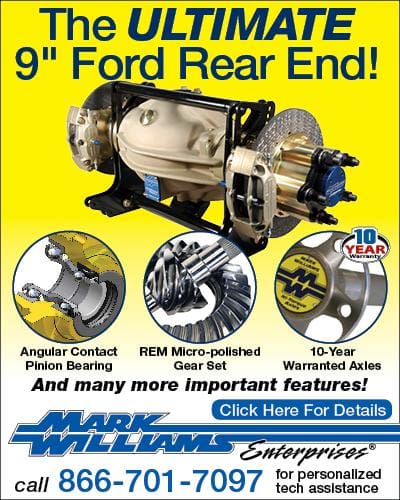
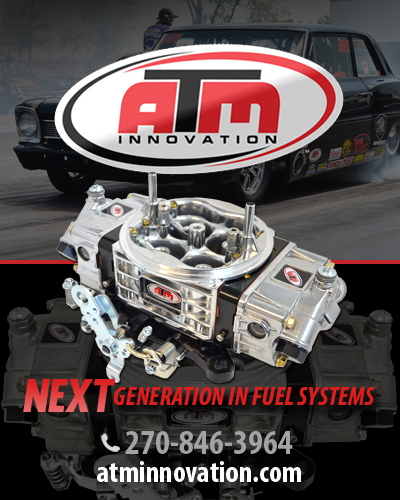



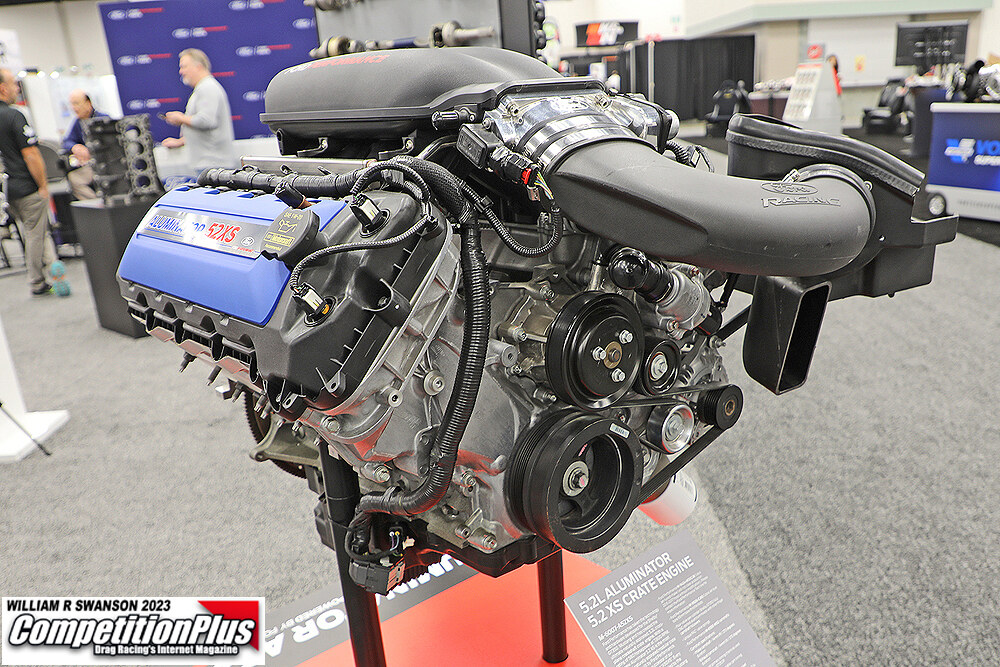

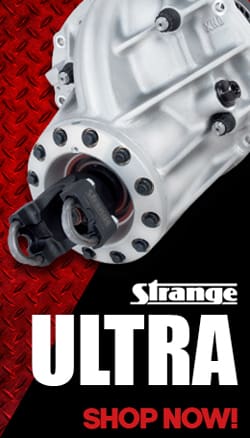
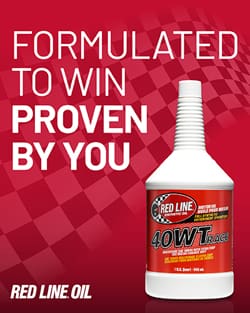



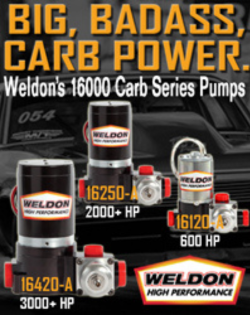




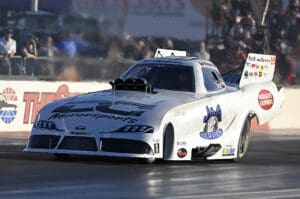
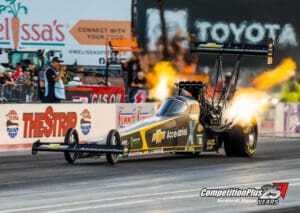
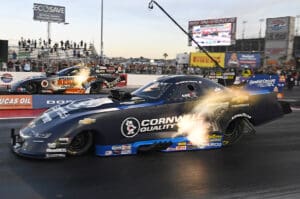

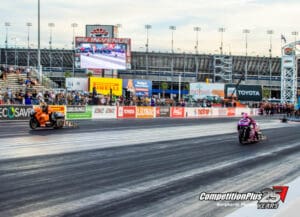
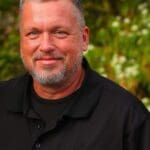
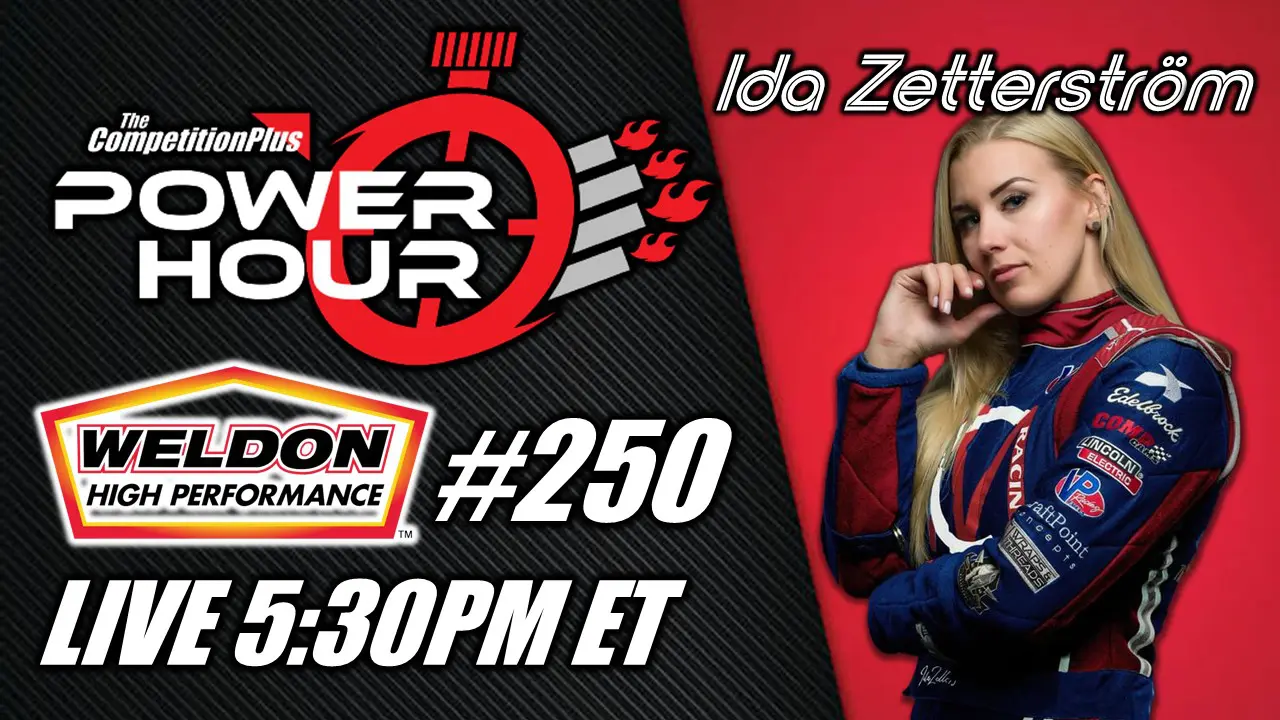
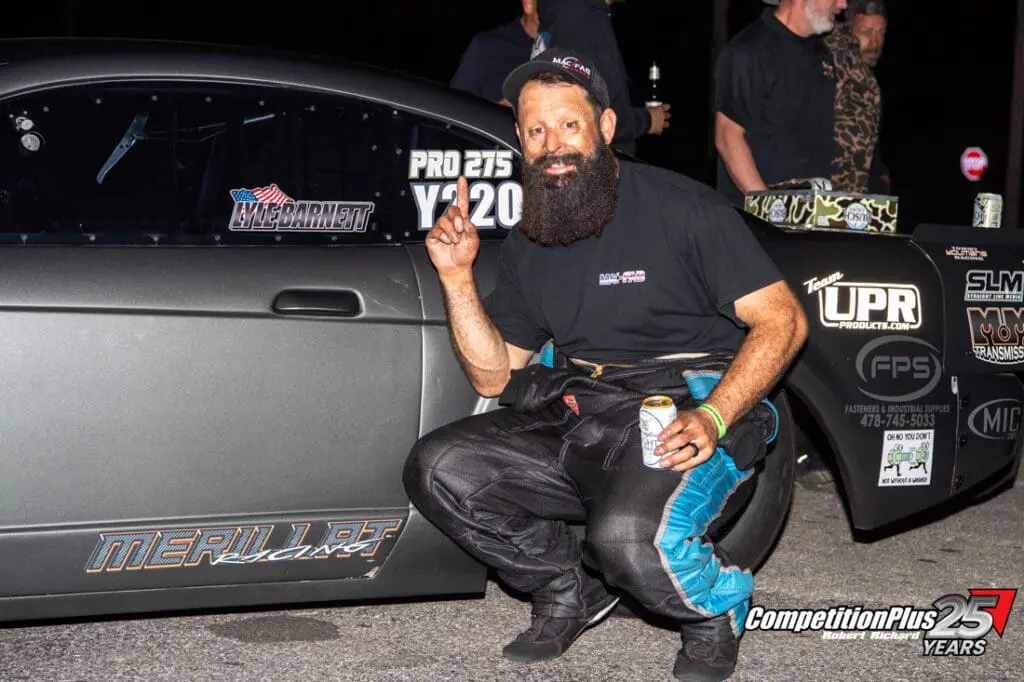
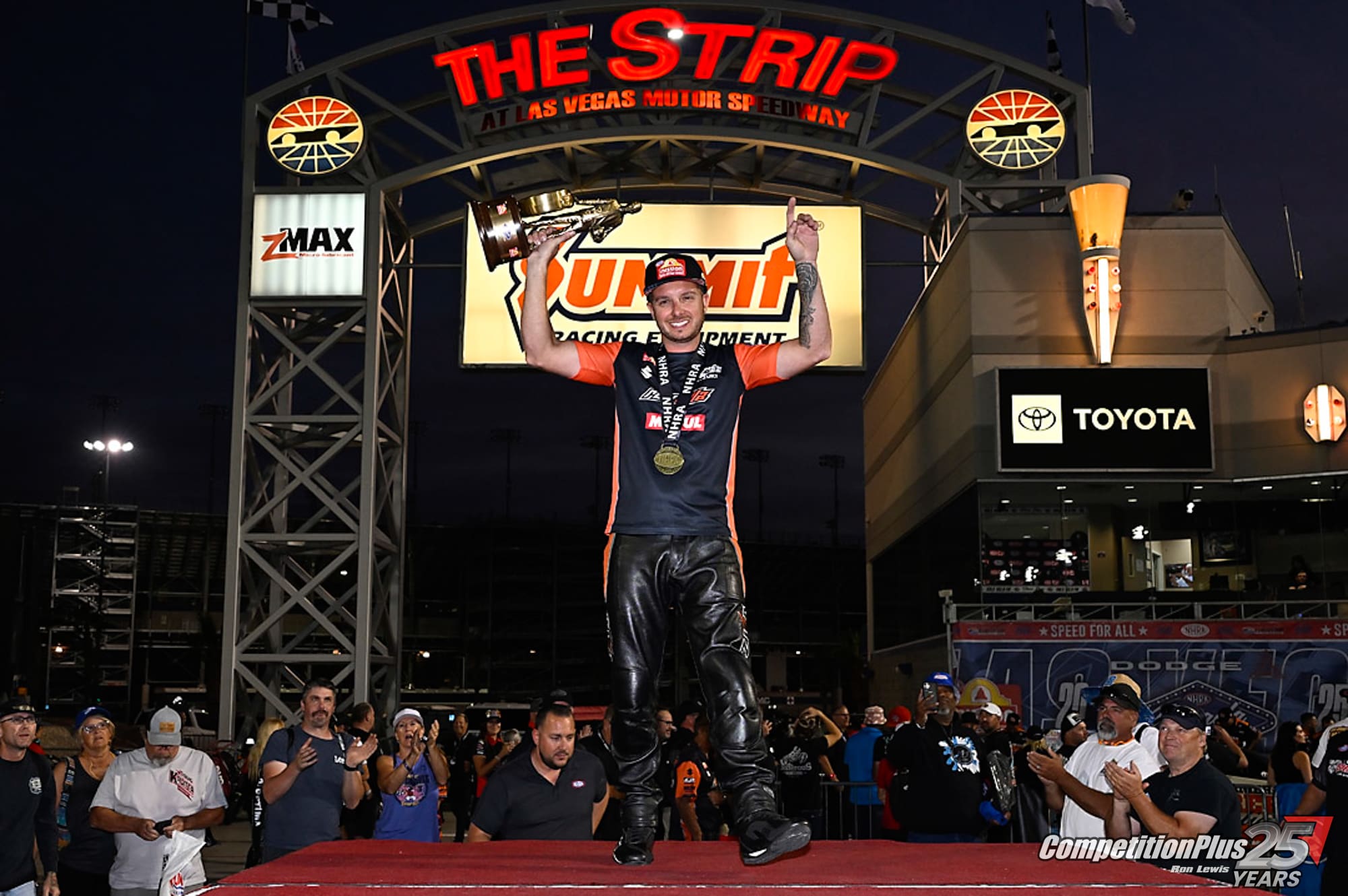
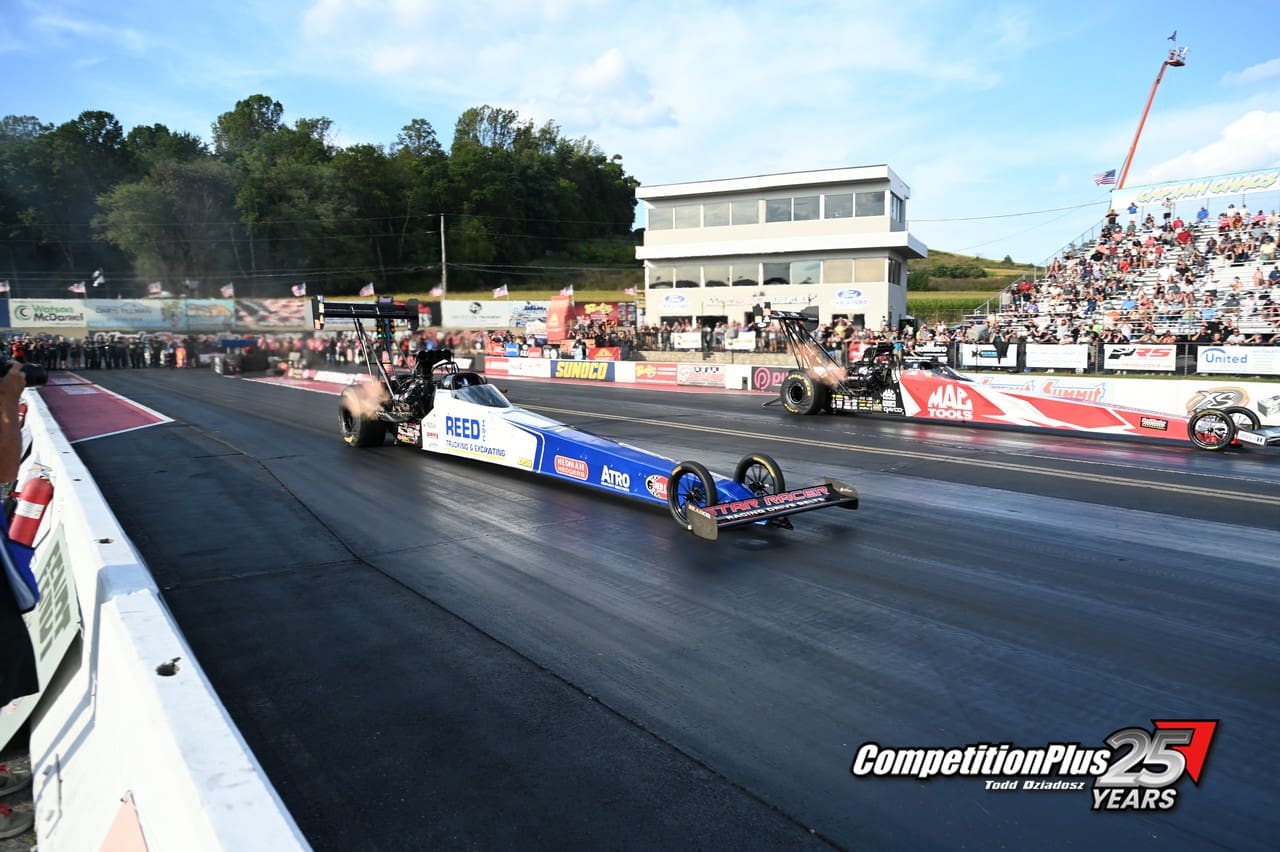
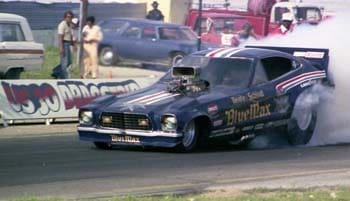
COMPETITION PLUS POWER HOUR MOVES TO NEW TIME, UPDATES FORMAT FOR 2026